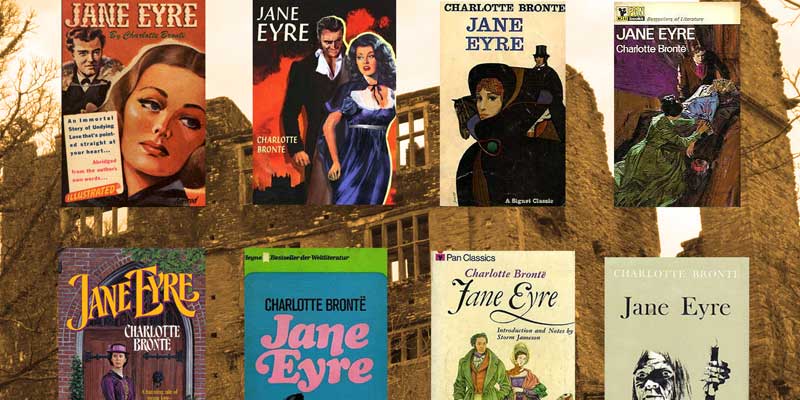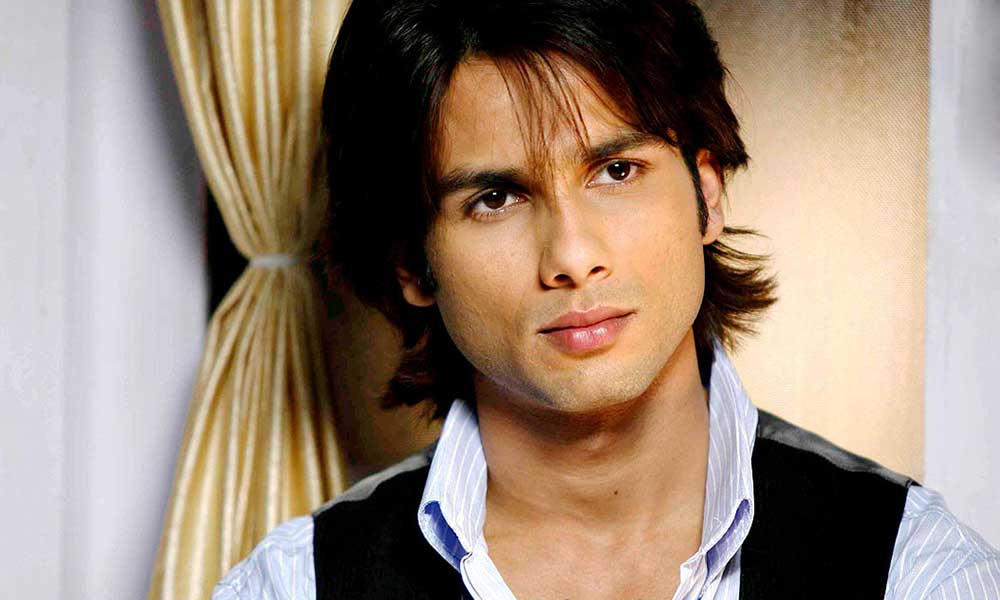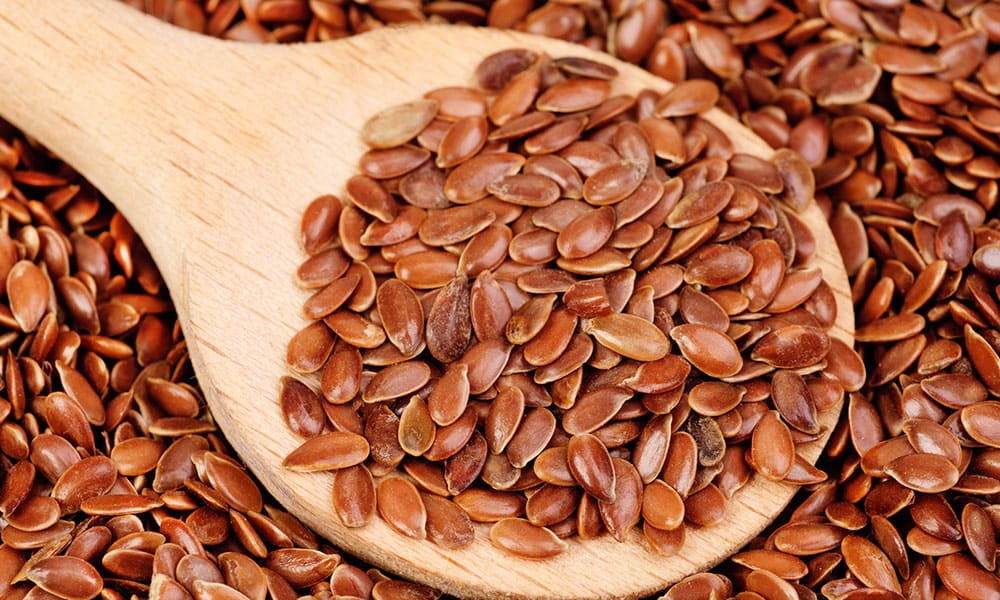The prose style of unvarnished simplicity in this Victorian novel cast a spell over generations.
From the first line to the last words of the novel, Charlotte Brontë hypnotises you. The Jane Eyre’s voice created by her compels you to turn the next page, and the next…
The intense private dialogue with the reader was a very new thing for an English novel in the 1840s. The prose style of unvarnished simplicity in this Victorian novel cast a spell over generations. Even today, many readers are mesmerized with the consciousness of the protagonist in the book.
Jane Eyre is cast, from the title page, as “an autobiography”. Jane Eyre portrays the urgent quest of its narrator for an identity. Jane, who cannot remember her parents, and as an orphan has no secure place in the world, is in search of her “self” as a young, downtrodden woman.
She has a raw, occasionally erotic, immediacy. Not only does Jane reject Brocklehurst, St John Rivers and John Reed, she also craves submission to her “master”, the Byronic Mr Rochester. The violence of men against women is implicit in many of Jane’s transactions with both Rivers and Rochester. The thrill that she provides to the readers captivates the imagination at all levels.
Jane Eyre also displays the familiar tropes of the gothic novel. Thornfield is a gothic manor; Mr Rochester a gothic-romantic protagonist. The mad woman in the attic speaks for herself, as it were. In addition, Brontë herself knows the storytelling power of what she calls “the suspended revelation”, a phrase coined in chapter 20, and never hesitates to tantalise and seduce the reader.
Finally, Jane Eyre, addressed insistently to “the reader”, is so steeped in English literature that it becomes an echo chamber of earlier books. Within a very few pages of the opening, there are references to Paradise Lost, Walter Scott’s Marmion and Jonathan Swift’s Gulliver’s Travels.
If you wish to feel that seductive thrill of 1847’s Jane Eyre’s, this book is a must read.





